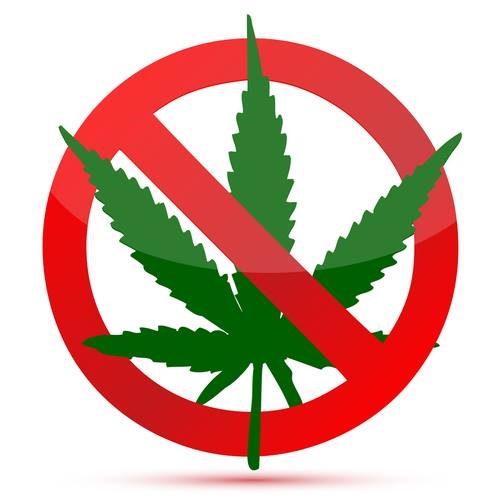Experts Link Homeless Surge To Pot
/Homeless people in the streets are a staple of the landscape in downtown areas of Colorado Springs, Denver and most other Colorado communities. Visitors from other states are struck by the dilemma, even when visiting from large cities on the coasts. Experts on homelessness point to marijuana.
The Department of Housing and Urban Development on Thursday confirmed a homeless phenomenon anyone can see.
Related: Colorado shows nation’s largest spike in the number of homeless veterans
HUD ranks Colorado fourth behind California, Washington and the District of Columbia for its absolute increase in the homeless population this year. All four jurisdictions have legalized recreational pot.
Colorado's growth in homeless veterans leads the nation, at 24 percent. Other states averaged a decrease of 17 percent in veteran homeless populations. They are leaving other states and moving to Colorado.
To put this in perspective, compare Colorado and New York. Colorado has a general population of 5.4 million. New York has general population of 20 million. The number of homeless veterans is nearly identical in the two states.
"While most states saw their homeless veteran populations drop an average of 17 percent in the past year to a total of 39,471, Colorado was one of only eight states going in the opposite direction with increasing numbers," explained The Denver Post.
Daniel Warvi, spokesman for the Department of Veterans Affairs, told the Post how veterans come to Colorado hoping to work in the marijuana industry. Few come here knowing they must prove a year of residence before the law allows them to work in marijuana-related jobs.
"They don't have a plan B," Warvi told the Post.
Those who find employment typically cannot afford the state's soaring housing costs.
Larry Smith, executive director of Catholic Charities of Denver, said his staff sees "a direct correlation" between marijuana migration and increasing homelessness. Smith oversees the 380-bed Samaritan House homeless shelter, three other major homeless shelters in northern Colorado, single-family shelters and multiple food pantries and soup kitchens.
"It's epidemic," Smith told The Gazette. "We've never seen the kind of street living, and camping, that we're seeing. It is exploding this year, and it is a different type of homeless population. They won't come in. They won't take a bed and a shelter, and there are beds available. It's a different behavior and mentality. They are more aggressive, much more agitated. A large part of that is due to marijuana. This is insanity."
Even impassioned advocates of legalization should be concerned when professionals link marijuana to increasing homelessness. If the connection is proved, the marijuana industry should take responsibility for some of the social costs.
When states determined the tobacco industry strained Medicaid resources, Big Tobacco agreed to mitigate burdens associated with its trade. In a settlement, states won a minimum $206 billion settlement and concessions that curtail the industry's marketing practices.
Colorado has long attracted the homeless, for reasons it attracts other demographics. It would be a stretch to blame all new homelessness on legal marijuana. It is reasonable to heed the increasingly impassioned warnings of social workers who say marijuana plays a big role in the recent surge.
When the General Assembly convenes in January, legislators should cooperate to commission a nonpartisan study that assesses the suspected link between marijuana and homelessness. From there, nonprofits, politicians and businesses can determine the scope of a constructive and compassionate response.


